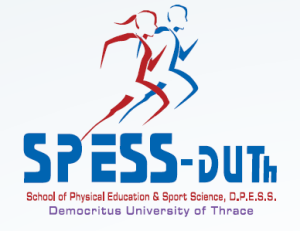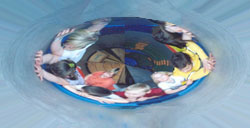Participation in Sport, Body Mass Index, and Motor Proficiency in 5 to 6 Year Old Children.
The purpose of this study was to examine the relationship between sports participation (SP) body mass index (BMI) and motor proficiency (MP) in five to six year old children. The sample consisted of 144 children (71 boys and 73 girls) attending public kindergarten in Attici prefecture (Greece) aged 60 to 72 months (Mean=67.47months, SD=3.21). Anthropometric measures of height and weight were obtained for calculation of BMI values. For the assessment of MP, the Bruininks-Oseretsky test of motor proficiency-second edition (BOT-2) was used and parents were questioned about sport participation of the children. For the statistic analysis of the data, a multivariate analysis of variance (MANOVA) and nonparametric correlation (Spearman rho) were used. Statistically significant main effect for gender (F1.132=5.64, p<.05) was found for BOT-2 Total Point Score (TPS), with girls scoring higher than boys (MD=6.44, p<.05). Sport participation was significantly correlated with BOT-2 descriptive category (r =.191, p<.05) but not with BMI types. Consequently, even though the results revealed a tendency for sports participation to affect motor performance positively, in order for SP to affect BMI determined obesity it might need to be in conjunction with increasing regular physical activity in and out of school.






